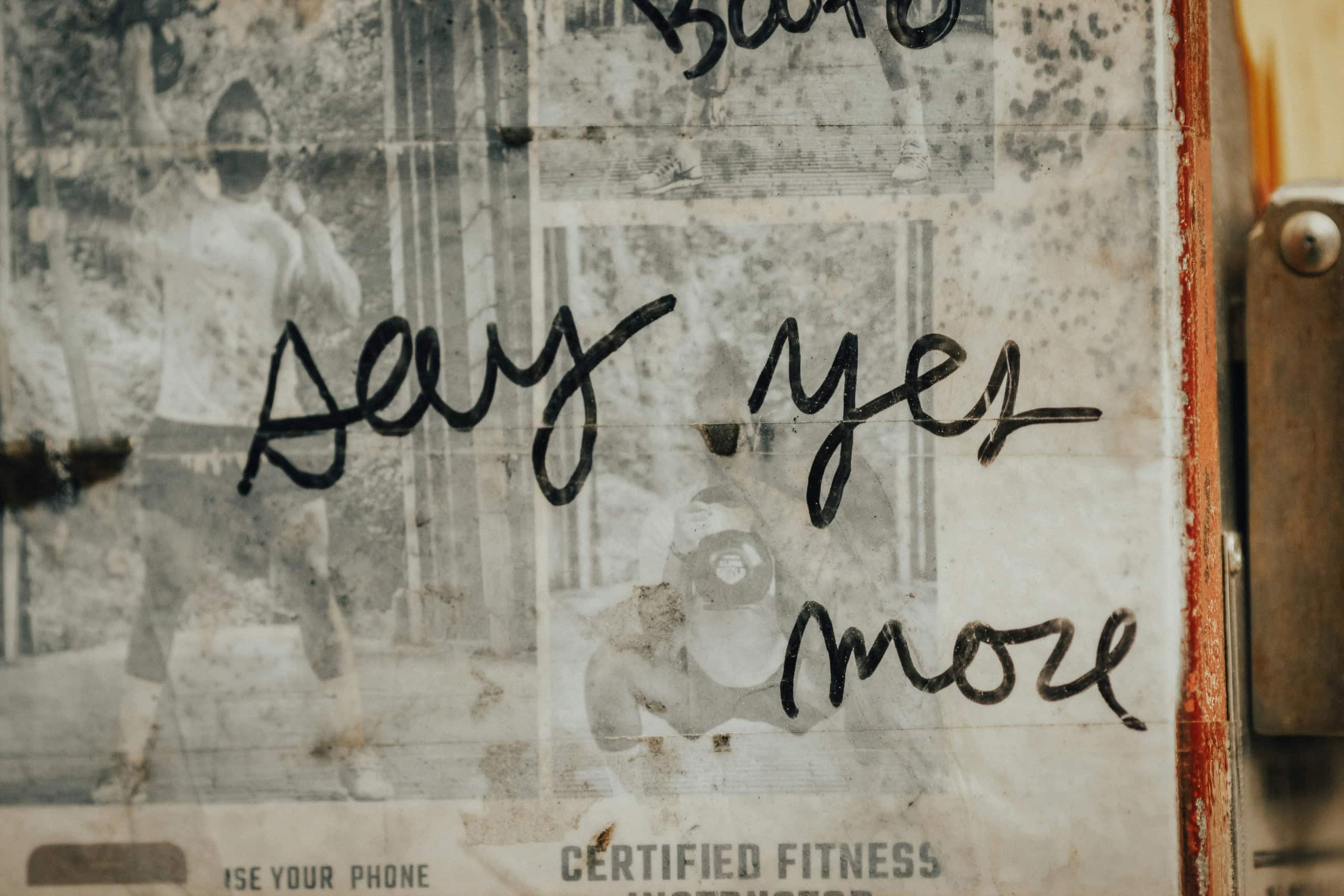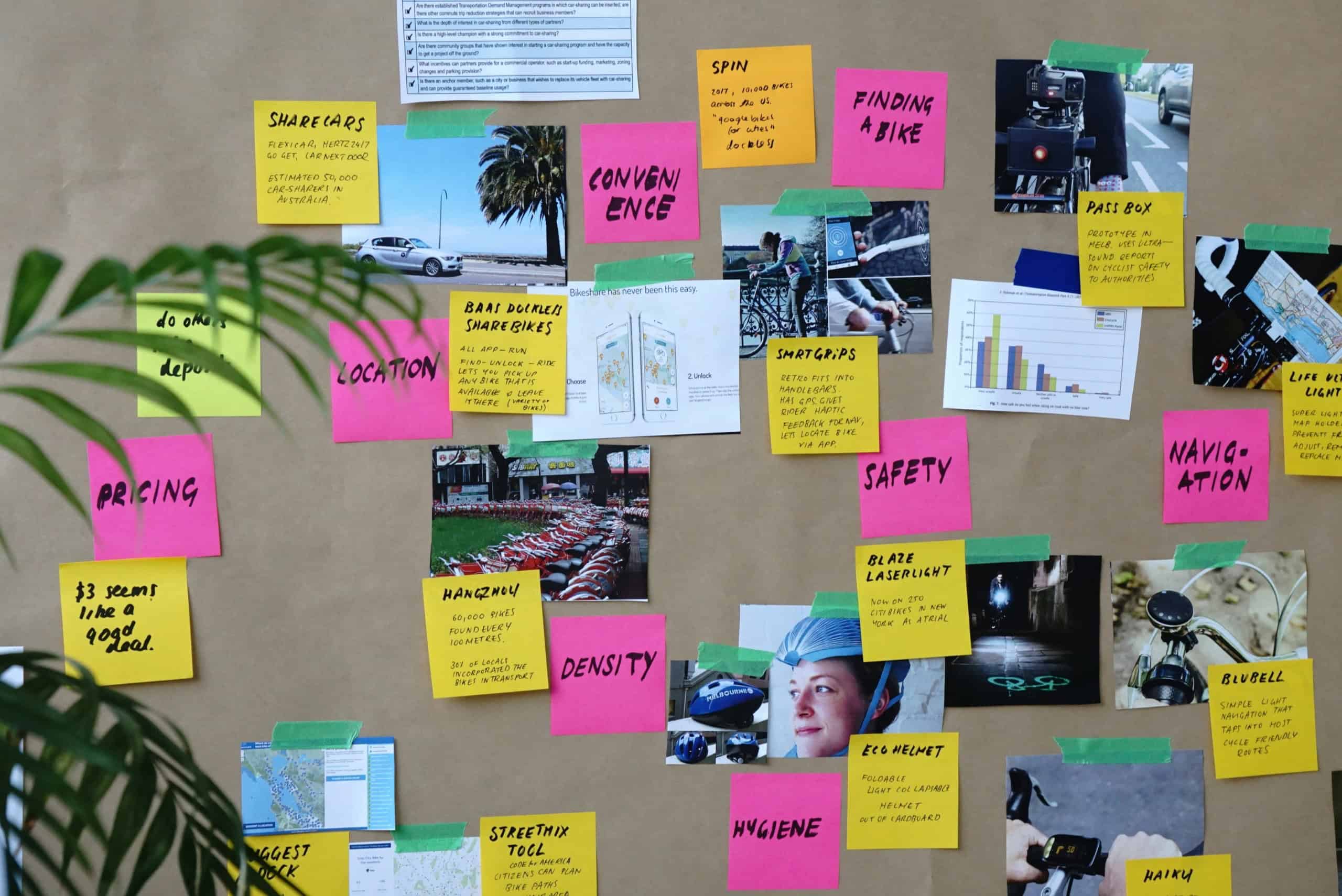The Heart of Brainstorming
|
Getting your Trinity Audio player ready...
|
How Great Leaders Unlock Collective Genius
Brainstorming is not about who has the best idea. It’s about creating the best conditions for ideas to appear.
Have you found brainstorming to be a waste of time? Does it feel unfocused, unproductive, or disconnected from the core purpose? Or maybe it turns into a competition to be heard most or provide the “winning” ideas.
Those experiences are so common.
Brainstorming without the right groundwork can quickly devolve into chaos without direction, or get stuck in structure without inspiration.
With intention and preparation, however, brainstorming truly can be one of the most powerful tools for leadership, and co-creation.
Led with heart, it can be the critical moment when teams move from talking strategy to actually feeling connected to something bigger than themselves. And we know that when people feel connected, engaged, and purposeful, their full genius is able to expand.
And that’s the difference. Great leaders don’t just brainstorm ideas. They unlock collective genius.
They know that creativity thrives when people feel safe, seen, and inspired—and that is what transforms a simple meeting into a turning point of possibility.

Why Executives Need to Rethink Brainstorming
Let’s start with why brainstorming matters. Effective brainstorming can be a powerful tool for:
- Getting unstuck
- Opening up possibilities
- Overcoming complex challenges
- Uncovering the root cause of persistent issues
- Thriving through transitions
- Solving problems
- Identifying opportunities
A key need in all of these scenarios is the ability to truly think differently, and the psychological safety to share ideas openly.
In groups or organizations without a solid foundation of psychological safety, people will only ever regurgitate the same ideas again and again, just reframed, dressed up, or worded differently.
That’s because playing safe is the only way to succeed as an individual in an unsafe group.
For an organization to truly thrive, adapt, grow, and lead with innovation, everyone’s energy needs to be aimed at that collective outcome, not tied up in personal safety.
Whether or not people experience that safety is entirely the responsibility of leadership. That’s why executives need to rethink brainstorming – both as a useful tool, and as a barometer of corporate culture.

A New Vision of Brainstorming
A whiteboard full of ideas makes a great stock photo, but in reality, doesn’t always translate to positive outcomes for organizations.
Forget that image. Forget any idea of what a good brainstorming session should look like. Instead, ask yourself what the environment should feel like in order for creativity to breathe freely.
This might sound “out there” from a leadership perspective, but this is almost always the biggest roadblock to genuinely successful brainstorming.
It’s the heart-led piece. The human element. The vibe. Whatever you want to call it, it’s the aspect of good brainstorming that doesn’t show up in stock photos, can’t be bought at your office supply store, and – and this is hard for many executives to accept – can’t be achieved with strategy alone.
Chances are, you’ve already tackled the strategy or process side of things. As an executive, your vision for brainstorming must focus on that heart-led, human element of creating an environment and culture that empowers open, unconstrained sharing of ideas and perspectives that drags unthought-of possibilities out into the light.
| DON’T | DO |
| Think of brainstorming as a task to complete. | Frame it as space to explore. |
| Rush, analyze, or critique before ideas have a chance to fully form. | Treat every idea as a possibility and explore it from all perspectives. |
| Let hierarchy and judgment turn your brainstorm into a strategy session in disguise. | Kindly but firmly shut that down and continuously refocus on possibilities. |
| Let the loudest voices hog the stage. | Intentionally seek feedback and perspectives from everyone in the room. |
| Assume an “everything is possible” attitude is just silly, wishful, unproductive thinking. | Remember – and remind others – that fantastical thinking is what draws out true creativity, and allows the truly innovative ideas to emerge. |
| Expect people to be “on their toes.” | Recognize that ease and even relaxation are critical to tapping into one’s full creativity. |
| Approach it from a place of exhaustion or pressure – the creative energy of the group will mirror it! | Take care of your energy first so you can show up with positive influence. |
True innovation starts when leaders slow down, reconnect to presence, and set an energy of curiosity instead of control.
Remember, brainstorming is not meant to be perfect—it is meant to be 🌟alive🌟.

The Inner Path: From Saboteur to Sage
Before a great brainstorming session begins, there’s an inner shift that must happen for you as a leader.
Our inner Saboteurs—the voices of judgment, fear, control, and self-doubt—often show up disguised as “efficiency” or “realism.” They tell us ideas are unrealistic, that time is running out, or that we should just “stick with what’s working.” These are the very thoughts that shut down creativity.
The opposite of that energy is your Sage or “Captain”—the calm, wise, and curious part of you that sees possibility. When leaders connect to their Sage, they naturally model curiosity, openness, and playfulness. That energy gives permission for others to do the same.
Try this reflection before your next brainstorming session:
“What voice usually leads my creative meetings—the one that wants control, or the one that trusts discovery?”
Leading from your Sage does not mean abandoning logic. It means balancing logic with intuition, presence, and heart.
It means having one foot firmly rooted in the logical, concrete side of things, and the other rooted in that intangible, abstract, uncertain realm where new possibilities are uncovered.
The Outer Path: Creating Safety and Inspiration
As a leader, your presence sets the emotional tone for the room. If you show up rushed or distracted, your team feels it. If you show up grounded and open, your team relaxes into creativity.
Critically, it’s your consistency in showing up this way that creates psychological safety.
When it comes to brainstorming, the most successful sessions are joyful, judgment-free, and energized—no Saboteurs invited. Make this explicit from the start: we are choosing Sage energy today.
Here are a few ways to bring that to life:
- 🌿 Set the energy first. Begin with a short grounding or body-awareness exercise. Following a guided meditation as a group, for example, can really set the tone.
- 🎭 “Yes, and…” Improv mindset. Model this sentence stem:
“Yes, and what I like about that idea is …”
“Yes, and that connects to…”
“Yes, and I wonder if you would talk more about…”
This is more than a game. It’s a tool to build on ideas so everyone feels heard and acknowledged, and even more creativity can come forward. From that space, you tap into everyone’s Sage, and the best ideas emerge.
- 🎨 Invite bold, “crazy” ideas. No idea is too wild or unrealistic in the exploration phase. Encourage everyone to bring their weird and do so yourself. Be the first to say the wild, truly out-there idea and keep it going by building on others’ ideas.
The goal is to open creativity and move everyone out of self-protective self-censoring.
- ⏸️ Ban evaluation at the start. Separate idea generation from idea selection. Everything goes on the whiteboard.
- 💛 Lead with warmth. Thank people for contributions in real time. Reflect back what you hear. Stay curious.
- 🎶 Use lightness. Humor, music, or a quick story can unlock creative pathways.
- 🏢 Change location. A different setting can invite newness, energize innovation, and shift mindsets out of the norm.
Let’s go back to the very start of this article: Brainstorming is not about who has the best idea. It’s about creating the best conditions for ideas to appear.
When people feel safe, seen, and built upon—not judged—brilliance shows up. Especially if they feel all of that as part of a team with a shared purpose.
The key is to do this with consistency. For people to feel safe, seen, and built upon, a heart-led approach must be business-as-usual in your leadership.

Brainstorming with Purpose
Connect your brainstorming session to something meaningful. That’s when the most inspired ideas come forward.
Ask yourself and your team:
- “Why are we brainstorming this?”
- “What do we want people to experience as a result of what we create?”
When your brainstorming is anchored in values and purpose, it moves from being a task to being a creation. The energy shifts from “What should we do?” to “What do we want to bring to life?”
That is when brainstorming becomes leadership in action—transforming ideas into expressions of your organization’s purpose.
Phrases to Shift Mindsets
It can be hard for people to stop themselves from evaluating ideas in the moment, or censoring themselves. Here are some phrases to use during your session to bring people back into the vibe you want to set:
- “It seemed like you were about to say something. Bring it out. Say the thing, no matter what.”
- “Evaluating is another meeting. Today we build. How can you build from that?”
-
- “What if we make it purple? Can we make it fly?” ← If people start getting too logical, interject with something completely ridiculous and have the group try to build from it as a fun, silly exercise to shift mindsets.
- “This was an interesting line of thought. Can someone keep it going?”
- “Imagine we’ve already solved this problem. What’s the experience for our clients?”
- “If you had a magic wand, what would you do right now?”
- “Everything is possible today. Keep going.”
- “No decisions, only what-ifs!”
Keep it light, use humor, and get excited about every idea that comes up.
From Ideas to Action: The Sage Way to Prioritize
Once your team has a list of possibilities, resist the urge to overanalyze. Instead, invite everyone to feel into which ideas create the most spark, energy, and alignment.
The best ideas are not always the most logical at first—they are the ones that light people up.
From there, narrow the list to three ideas that feel both exciting and purposeful. Then, use strategy and logic to make them happen.
“It is easier to tone down a wild idea than to think up a new one.” — Alex Osborn
The role of a leader is not to come up with every idea. It’s to create a space where great ideas can rise.
Leadership in Practice: The Brainstorming Energy Audit
Take a moment to reflect on how you and your team show up during brainstorming sessions:
- Are you energized or drained by them?
- Do your team members feel free or cautious?
- Do you invite exploration or demand answers?
Ask your team this question at your next session:
“What would brainstorming look like if everyone felt safe to be fully creative?”
You might even ask for anonymous input. Remember that if psychological safety isn’t there yet, it’s the leader’s responsibility to figure that out, and to start from where people are at.
Getting this feedback is a powerful mirror—and often, the answers open the door to transformation.

Conclusion – Lead with Heart, Not Just Strategy
Brainstorming is about awakening possibility.
When leaders bring heart, curiosity, and presence into the process, something magical happens: people feel free to imagine again. The energy in the room lifts. Connection deepens. Innovation becomes effortless, and even joyful.
Great leaders know that the next breakthrough will not come from more pressure. Pressure narrows minds.
Breakthroughs come from more presence, purpose, and openness.
So, before your next brainstorming session, take a breath. Reconnect with your purpose. Set the intention to lead not just with strategy, but with heart.
When you do, you will not just spark ideas—you will unlock collective genius.
What would it mean to unlock the collective genius of your organization? Let’s work together.




